Meena Shorey
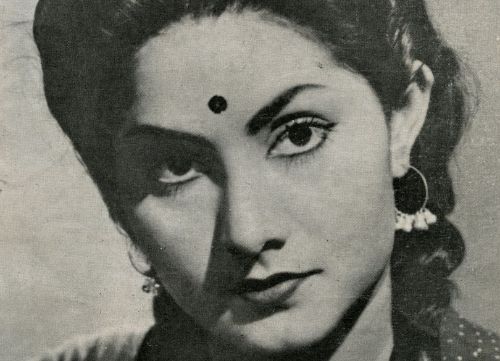
Subscribe to read full article
This section is for paid subscribers only. Our subscription is only $37/- for one full year.
You get unlimited access to all paid section and features on the website with this subscription.
Not ready for a full subscription?
You can access this article for $2 , and have it saved to your account for one year.
- Real Name: Khurshid Jehan
- Born: 15 September, 1921 (Ferozepur)
- Died: 3 September, 1989 (Lahore)
- Primary Cinema: Hindi
- Spouse: Zahur Raja , Al Nasir , Roop K Shorey , Asad
An iconic star of Hindi cinema, Meena Shorey became widely known as the Lara Lappa Girl, after the famous song from her blockbuster hit Ek Thi Larki (1949). But the beginning of her life was not so rosy. She had to undergo many trials and tribulations throughout her life, despite which she rose to the pinnacle of stardom in the film industry.
Born in 1921 in Ferozepur in a rural household as Khurshid Jehan, her childhood was not a happy one. Her father squandered their family’s belongings and had to start a dyeing business in Lahore. But this too proved unsuccessful and he turned abusive. Her elder sister Wazir Begum came to her rescue when she moved to Bombay after her marriage. She managed to get young Khurshid and her mother to come with her.
She was aware that her father would never permit her to engage in acting. But even so, she dared to join the stage. Although her secret did not last long (when her father discovered her playing Laila in an adaptation of Laila Majnu), she was nevertheless allowed to act due to the financial prospects. She received an offer to work in Calcutta for 350 rupees per month. Her family was moving back to Lahore and her father wanted to marry her off. But Meena had other ambitions and instead chose to stay in Bombay.
One day she accompanied her brother-in-law to the mahurat of Sohrab Modi’s Sikandar (1941). Impressed by her beauty, Sohrab Modi offered her the role of Raja Taxila’s sister in the film and signed her up in an exclusive contract. She was cast as the second lead in both Phir Milenge (1942) and Prithvi Vallabh (1943). Meena had already had a short-lived marriage with an actor, Zahur Raja, in 1941. She later married her co-star Al Nasir from Prithvi Vallabh. But this too did not last for long.
The exclusive contract she signed with Modi was starting to adversely affect her career. She missed an opportunity to work in Mehboob Khan’s Humayun (1945) because of it. Roop K Shorey wanted to sign her for Shalimar (1946) but the contract came in the way. Dalsukh M Pancholi signed her for two films when she visited Lahore – Shahar Se Door (1946) and Arsi (1947). This led Sohrab Modi to sue her for Rs 3 lakh. The case was settled in Meena’s favour and she was freed from her contract. Thus began the upward trajectory of her career.
She starred in films like Ek Teri Nishani (1947), Pathjad (1948), Actress (1948) and Dukhiyari (1948). She helped Roop K Shorey make his first film in Bombay – Chaman (1948). It was arguably the first post-Partition Punjabi film. The music of the film attained great popularity. Her breakthrough role came in Roop K Shorey’s Ek Thi Larki (1949). She could display her great skill in comedy in the film. The song Lara lappa lara lappa became a huge hit and earned her the sobriquet Lara Lappa Girl. She also married Roop K Shorey around this time.
After this, the floodgates of offers opened for her. She starred in films like Zevaraat (1949), Anmol Ratan (1950), Raj Rani (1950), Dholak (1951), Kale Badal (1951), Ajeeb Ladki (1952), Ek Do Teen (1953), Aag Ka Dariya (1953), Ramman (1954) and Jalwa (1955). Among these, Ek Do Teen was a major success.
By the mid-50s her stardom had waned. She and Roop K Shorey received an offer to return to Lahore to make Miss 56 (1956). The film was specifically written by I S Johar to utilize Meena’s comic talents. Miss 56 gave Meena a taste of her long lost stardom and she decided to remain in Lahore, even as her husband chose to go back. She played the role of a bandit queen in the film Sarfarosh (1956) which was her most successful venture in Pakistan. She had reportedly walked out of the film, opting to return only when director Anwar Kemal Pasha requested her to do so. She became the first Pakistani actress to model for the Lux soap brand.
She soon found herself relegated to supporting roles in Pakistan. She impressed with her performances in films like Mousiqar (1962), Khamosh Raho (1964), Jigri Yaar (1967) and Humraz (1967). Her last appearance was in Nishani (1979). In the meanwhile, she had suffered another disastrous marriage with actor Asad who had abused her. She became a pauper in her last days in Pakistan, living in two small rooms in Lahore’s Mohni Road. She lived of the stipend paid to her by the Pakistan Arts Council and the Rotary Club. She passed away on 3 September 1989. Her story ultimately became one of the innumerable cautionary tales of the vagaries of the film industry.
References
-
Filmography (13)
SortRole
-
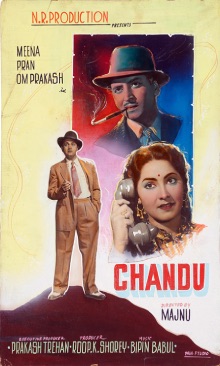
Chandu 1958
-
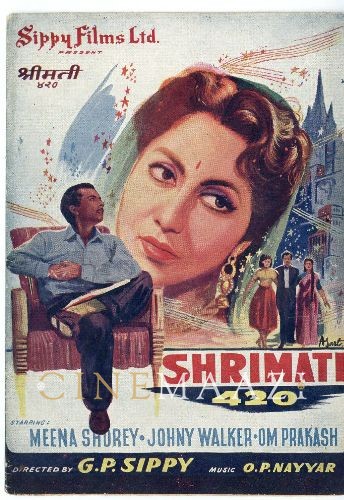
Shrimati 420 1956
-
Aawaaraa Shahzaadi 1956
-
Jalwaa 1955
-
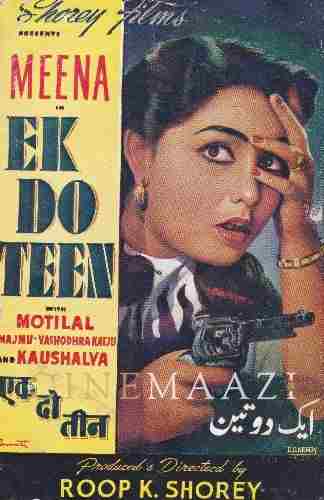
Ek Do Teen 1953
-
Dholak 1951
-
Madari 1950
-
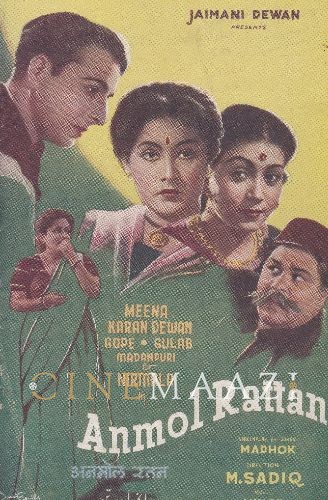
Anmol Ratan 1950
-
Raj Rani 1950
-
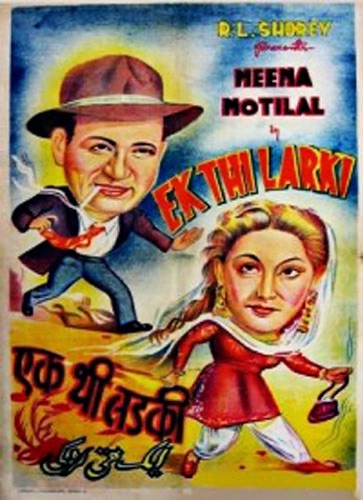
Ek Thi Larki 1949
-
.jpg)
Chaman 1948
-
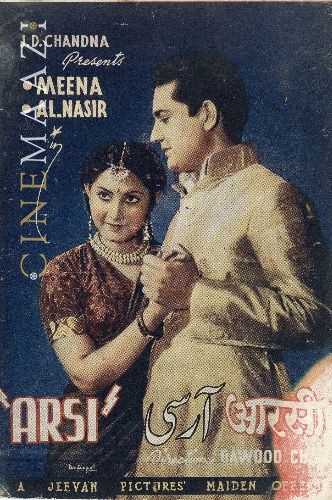
Arsi 1947
-



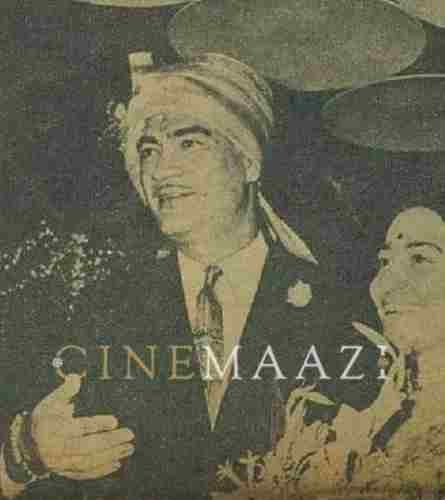
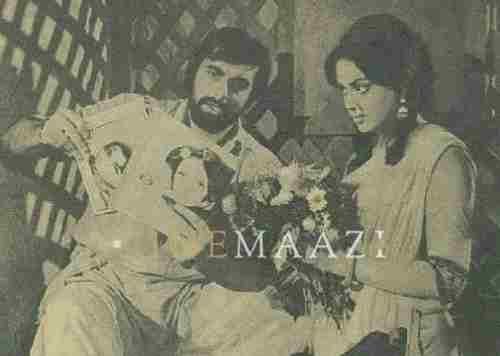
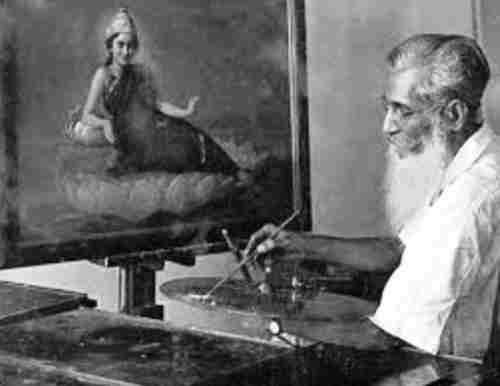
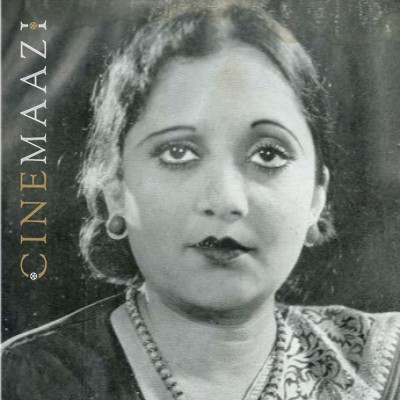

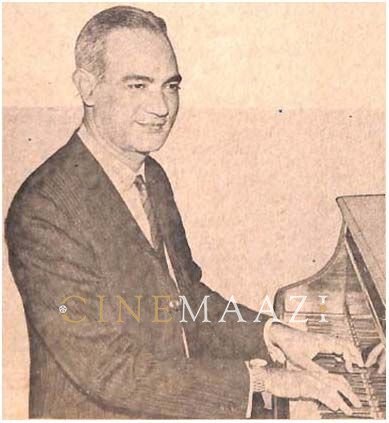
.jpg)



